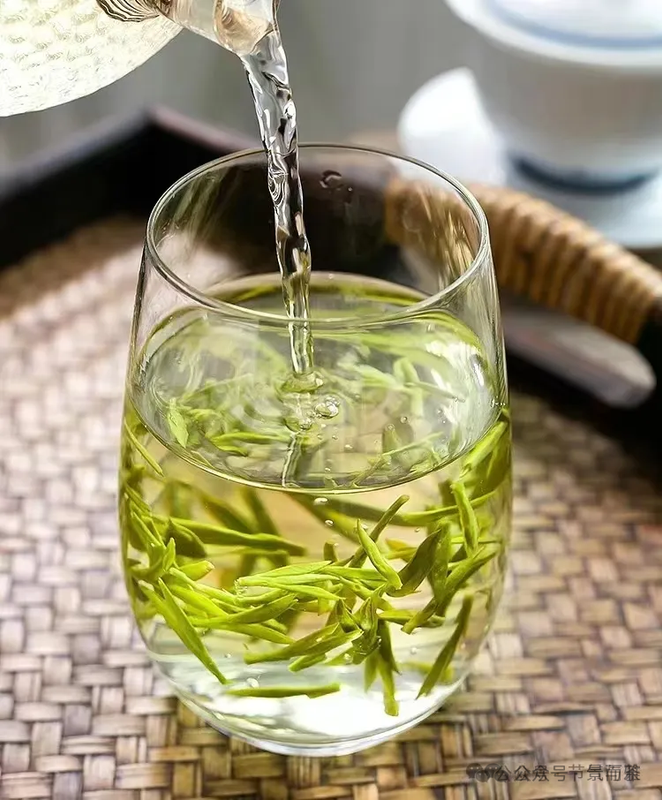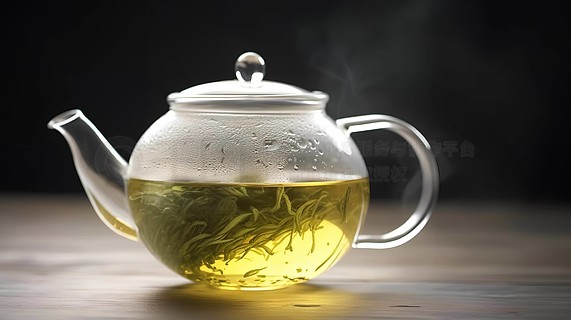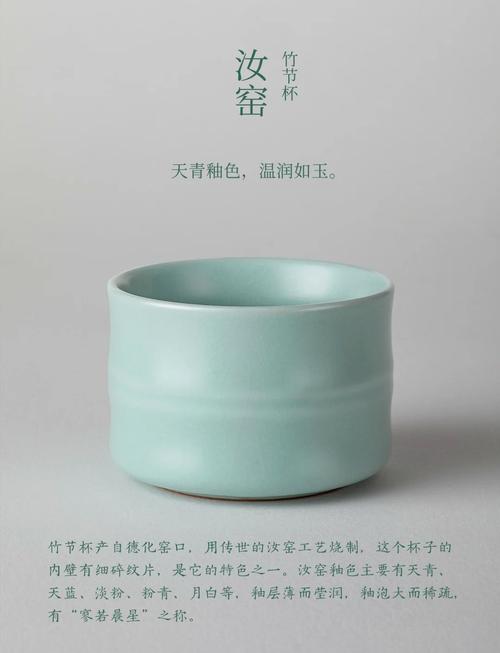Green tea, with its delicate flavors and vibrant hues, has captivated tea enthusiasts for centuries. Yet, to truly appreciate its nuances, the right teaware matters just as much as the quality of the leaves. While purists may debate traditions, the ideal choice hinges on balancing aesthetics, functionality, and the tea’s unique characteristics. Let’s explore how to elevate your green tea experience through thoughtful teaware selection.

1. Porcelain Gaiwans: The Classic Choice for Purity
In Chinese tea culture, porcelain gaiwans (lidded bowls) reign supreme for green tea. Their neutral, non-porous material ensures no interference with the tea’s natural flavors, allowing the grassy, floral, or vegetal notes to shine. The white interior also provides a crisp canvas to admire the tea’s color—from pale jade to golden yellow—as it unfurls.
Why it works:
- Temperature control: Porcelain retains heat moderately, preventing scalding that might bitter delicate leaves.
- Versatility: Gaiwans suit both solo sessions and sharing, letting you adjust leaf quantity and steeping time precisely.
- Ritual appeal: The ritual of lifting the lid to inhale aromas before sipping deepens the sensory journey.
2. Glass Teapots and Cups: A Window to the Brew
For visually striking green teas like Dragon Well (Longjing) or Japanese sencha, glassware transforms drinking into a spectacle. Watching leaves dance in the water reveals their unfurling beauty, while the transparent material emphasizes the tea’s clarity.
Pros:
- Heat resistance: Borosilicate glass withstands high temperatures without cracking.
- Modern minimalism: Sleek designs fit contemporary aesthetics, appealing to newcomers and design enthusiasts.
- Cooling efficiency: Glass cools slightly faster than porcelain, which can temper astringency in lighter green teas.
Tip: Pair glass cups with a bamboo or wooden tray to avoid condensation rings.
3. Yixing Clay: For the Bold and Earthy
Though traditionally reserved for aged oolongs and Pu-erh, some aficionados adore Yixing zisha clay pots for robust green teas like aged bilochun. The porous clay “breathes” over time, absorbing the tea’s essence and enhancing body.
Caveats:
- Flavor absorption: Yixing pots are best dedicated to one tea type to prevent cross-contamination.
- Heat retention: Thicker clay may oversteep delicate leaves; opt for smaller pots (100–150ml) and shorter infusions.
When to use: Experiment with aged green teas or smoky varieties like huangshan maofeng for a richer profile.
4. Ceramic Teapots with Integral Strainers: Convenience Meets Tradition
For everyday ease, ceramic teapots with built-in strainers strike a balance. Choose unglazed stoneware for mature teas or glazed ceramic for lighter brews.
Advantages:
- Practicality: Ideal for offices or busy mornings.
- Style variety: From rustic Japanese kyusu to Scandinavian-inspired minimalism, there’s a design for every kitchen.
Avoid: Overfilling the strainer—leaves need room to expand fully.
5. Matcha Bowls (Chawan): Ritual-Driven Precision
For Japanese matcha, the chawan is non-negotiable. Its wide, shallow shape facilitates whisking (chasen) to create a frothy, lump-free emulsion. Thicker clay retains heat, while the bowl’s depth lets you savor the aroma before sipping.
Key features:
- Texture: Rough interiors aid froth formation.
- Size: A broad rim prevents spills during vigorous whisking.
Pro tip: Rotate the bowl as you drink to experience temperature and flavor nuances.
Final Considerations: Beyond the Cup
- Water temperature: Always use water below 80°C (176°F) for green tea, regardless of teaware.
- Cultural context: In Japan, matcha ceremonies demand specific tools, while in Morocco, mint tea is brewed in silver pots. Let tradition inspire, but adapt to your taste.
- Sustainability: Opt for lead-free glazes and ethically sourced clay.



